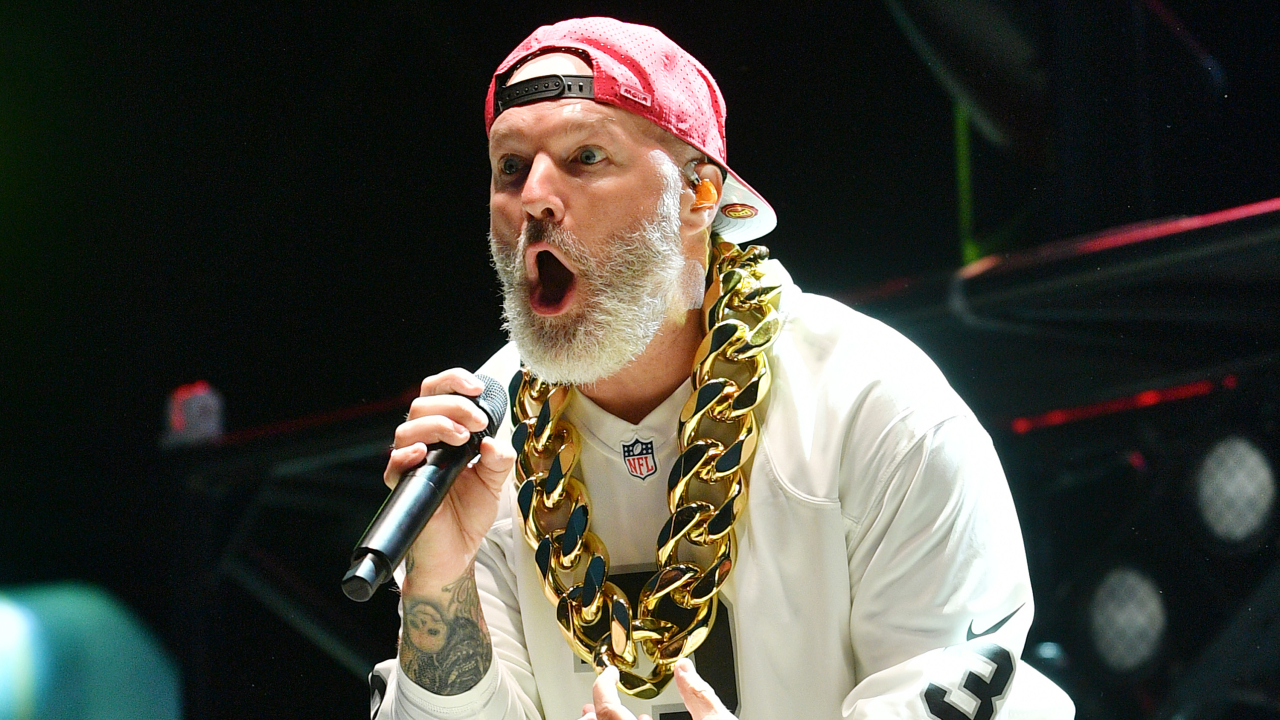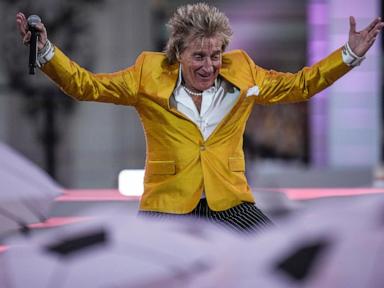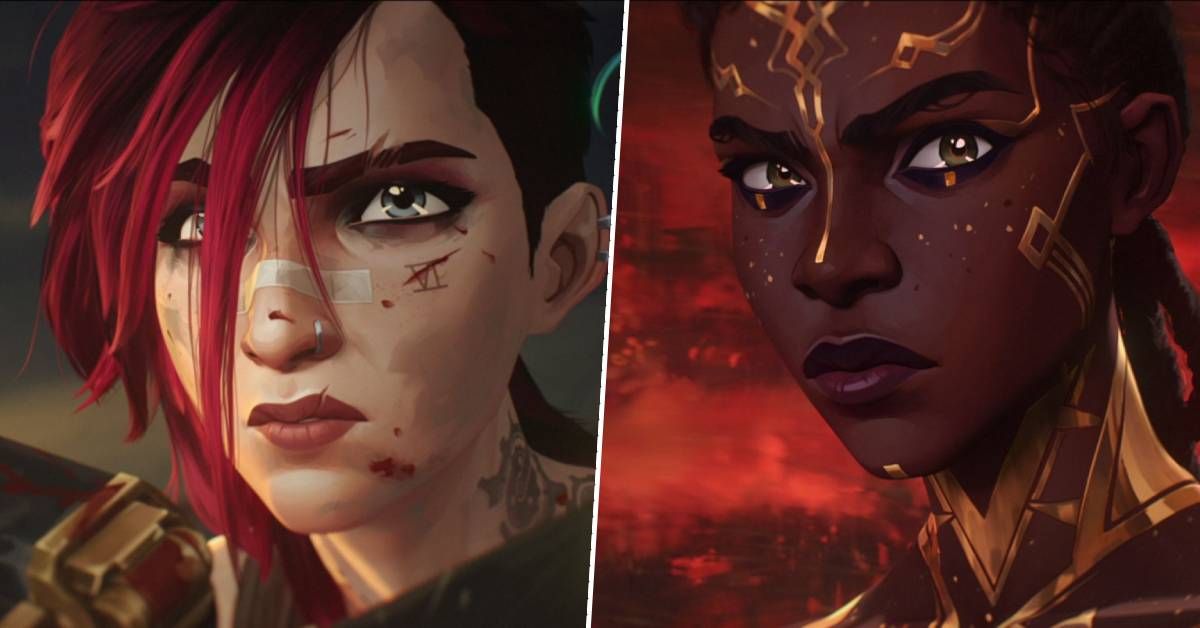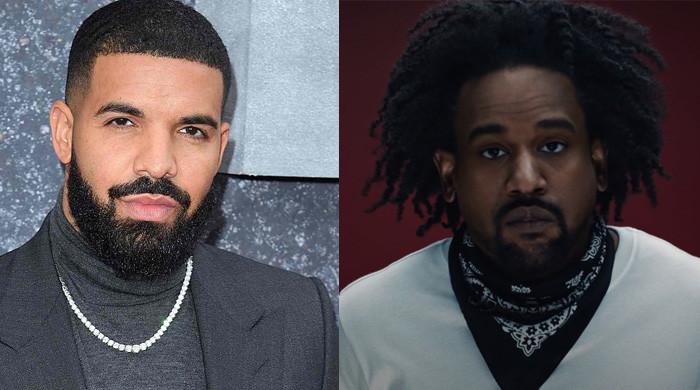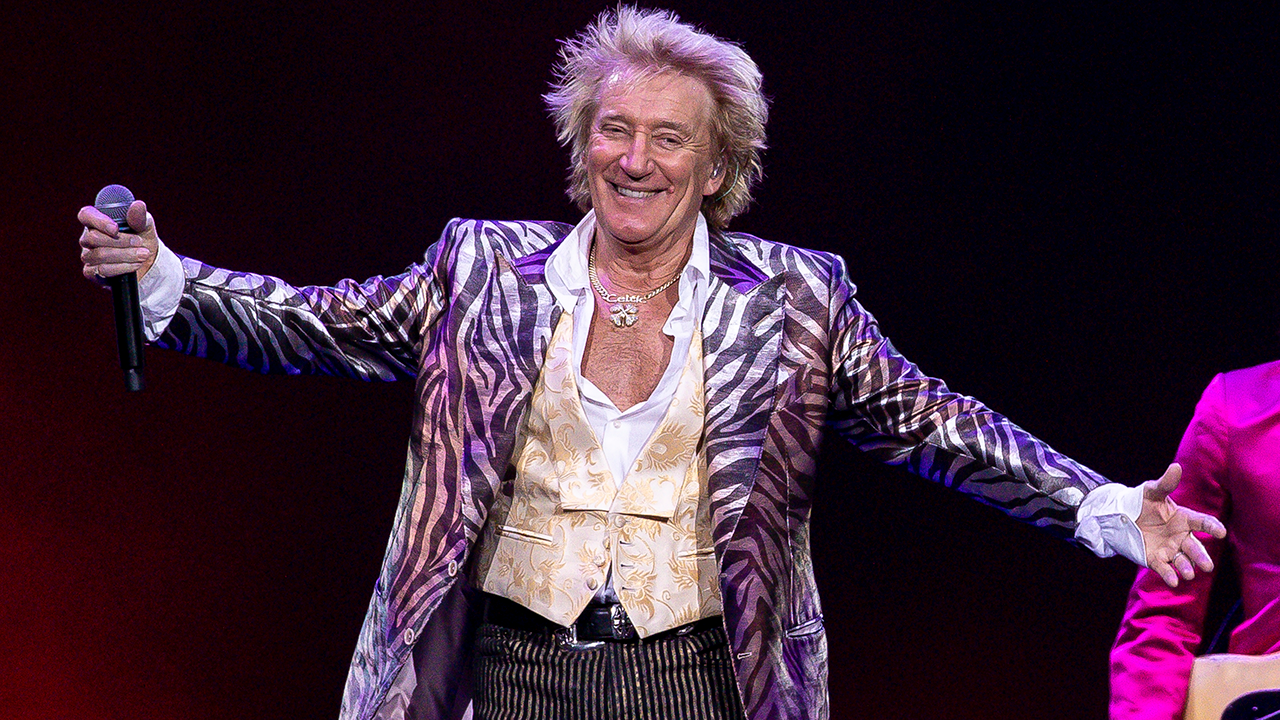When I was 19 years old, in the early 1980s, I started writing a novel about the daughter of the first female United States president. I don’t think there has been a day since when I haven’t thought about that possibility at least once. When I wrote “The President’s Daughter,” the idea of a female president felt completely foreign.
Geraldine Ferraro would be nominated for vice president as Walter Mondale’s running mate a few years later, but my experience of the concept was limited to Shirley Chisholm’s brief presidential campaign when I was in elementary school. I also saw an execrable, patronizing movie from the 1960s called “Kisses for My President,” wherein Fred MacMurray helped his wife — the little lady who happened to be the president — do her job until she had to retire because she was pregnant. I assume this film seemed groundbreaking when it came out, but to me, it felt embarrassing for everyone involved.
So, as I slouched in front of an old Smith-Corona typewriter in my college dorm room, there were really no viable images of what it would look like to have a woman in the Oval Office. I was an enthusiastic politico who had been stuffing envelopes at the local Democratic Party headquarters since I was a child, so I figured that I Knew Things, and I could just make up what a candidate would need to be like, and how she could win. And when the book was published in the spring of 1984, I figured that sooner rather than later, a woman would win the.










